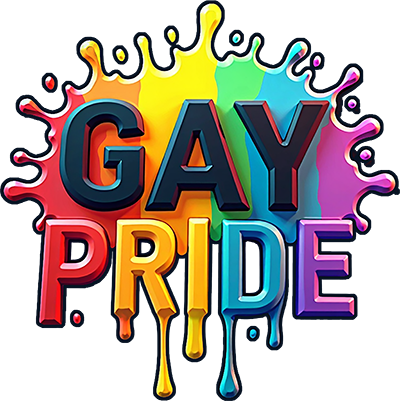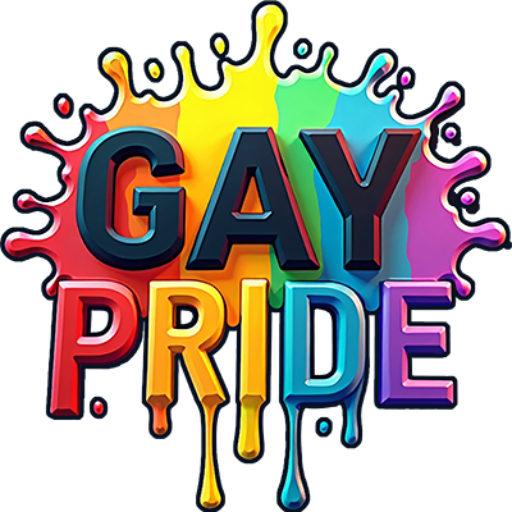Pride Around the World: Global Celebrations 🌍🎉
Every year, millions of people worldwide come together to celebrate Pride, a vibrant and inclusive movement honoring the LGBTQ+ community. While the essence of Pride is universal, the way it is celebrated varies from one corner of the globe to another, reflecting diverse cultures and traditions. Join us on a journey to explore how different countries embrace Pride, showcasing love, acceptance, and equality for all. 🏳️🌈
Table of Contents
1. Introduction to Global Pride Celebrations
2. Pride in North America: A Melting Pot of Diversity
3. European Pride: History Meets Modernity
4. Asian Pride: A Blend of Tradition and Progress
5. Latin American Pride: Vibrant and Passionate
6. African Pride: Emerging Voices and Stories
7. Conclusion: A Global Tapestry of Pride
8. FAQ Section
Introduction to Global Pride Celebrations
Pride is not just a celebration; it is a powerful statement of visibility and empowerment for the LGBTQ+ community. From the colorful parades to thought-provoking discussions, Pride events offer a platform for advocacy and change. But how do these celebrations vary across continents? Let’s take a closer look.
Pride in North America: A Melting Pot of Diversity 🇺🇸🇨🇦
North America is home to some of the most iconic Pride celebrations, with events in cities like New York, San Francisco, and Toronto attracting millions. The Stonewall Uprising in 1969, a pivotal event in the fight for LGBTQ+ rights, laid the foundation for Pride as we know it today.
These events are characterized by vibrant parades, music festivals, and educational workshops. They emphasize not only celebration but also reflection on the struggles and triumphs of the LGBTQ+ community. The inclusive and diverse nature of these events allows people from all walks of life to come together in solidarity and joy.
European Pride: History Meets Modernity 🇪🇺
Europe’s Pride celebrations are deeply rooted in both history and modernity, with events like Amsterdam Pride and Madrid’s Orgullo drawing international attention. Cities across Europe host unique Pride events, each reflecting the cultural nuances of their location.
Amsterdam, known for its picturesque canals, hosts Pride on the water, with boats parading through the city’s waterways. Meanwhile, Madrid’s Pride is one of the largest in Europe, characterized by its spirited parades and vibrant nightlife.
European Pride events often balance celebration with activism, addressing ongoing issues such as equality, discrimination, and human rights. The continent’s rich history of LGBTQ+ advocacy plays a crucial role in shaping these dynamic celebrations.
Asian Pride: A Blend of Tradition and Progress 🌏
In Asia, Pride celebrations are a testament to the region’s diverse cultures and societal progress. While some countries still face challenges in LGBTQ+ rights, others have embraced change, using Pride as a platform to promote acceptance and inclusivity.
Tokyo Rainbow Pride, for instance, is a vibrant celebration that showcases Japan’s growing acceptance and support for the LGBTQ+ community. Meanwhile, in India, the decriminalization of homosexuality in 2018 paved the way for more open and joyous Pride celebrations, such as the Delhi Queer Pride Parade.
Asian Pride events often highlight the intersection of tradition and modernity, creating spaces where people can express their identities freely while respecting cultural heritage.
Latin American Pride: Vibrant and Passionate 🇧🇷🇦🇷
Latin America is known for its passion and vibrancy, qualities that are vividly reflected in its Pride celebrations. Countries like Brazil and Argentina host some of the most dynamic Pride events, with parades that are as colorful as they are meaningful.
The São Paulo Gay Pride Parade is one of the largest in the world, attracting millions of participants and spectators. This event is a testament to Brazil’s diverse and inclusive culture, offering a powerful message of love and acceptance.
In Argentina, Buenos Aires Pride is a celebration of the country’s progressive stance on LGBTQ+ rights, having been the first Latin American country to legalize same-sex marriage in 2010.
African Pride: Emerging Voices and Stories 🌍
African Pride celebrations are gaining momentum, with countries like South Africa leading the way in LGBTQ+ advocacy. South Africa, known for its progressive constitution, hosts Johannesburg Pride, one of the oldest on the continent.
These events provide a platform for emerging LGBTQ+ voices to share their stories and advocate for change. While challenges still exist in many African countries, Pride celebrations serve as beacons of hope and progress, inspiring future generations to continue the fight for equality.
Conclusion: A Global Tapestry of Pride 🌈
Pride celebrations around the world are as diverse as the communities they represent. From the bustling streets of New York to the tranquil canals of Amsterdam, each event brings its own unique flavor to the global Pride movement.
These celebrations are more than just parades; they are powerful expressions of identity, resilience, and hope. As we continue to embrace diversity and strive for equality, Pride remains a testament to the enduring spirit of the LGBTQ+ community worldwide.
FAQ Section 🤔
1. What is the significance of Pride celebrations?
Pride celebrations are significant because they provide visibility and support for the LGBTQ+ community. They serve as platforms for advocacy, education, and celebration of diversity and inclusion.
2. How did Pride celebrations begin?
Pride celebrations began in response to the Stonewall Uprising in 1969, a pivotal moment in the LGBTQ+ rights movement. This event inspired annual demonstrations and celebrations advocating for LGBTQ+ rights worldwide.
3. Are Pride events the same in every country?
No, Pride events vary significantly across countries, reflecting the unique cultures and traditions of each location. From parades and festivals to discussions and workshops, each event offers a distinct experience.
4. How can I participate in a Pride event?
You can participate in a Pride event by attending parades, volunteering, or supporting LGBTQ+ organizations. Many events also offer virtual participation options for those who cannot attend in person.
5. Why is it important to continue celebrating Pride?
Continuing to celebrate Pride is important because it raises awareness about ongoing LGBTQ+ issues, fosters inclusivity, and promotes acceptance and understanding within society.

